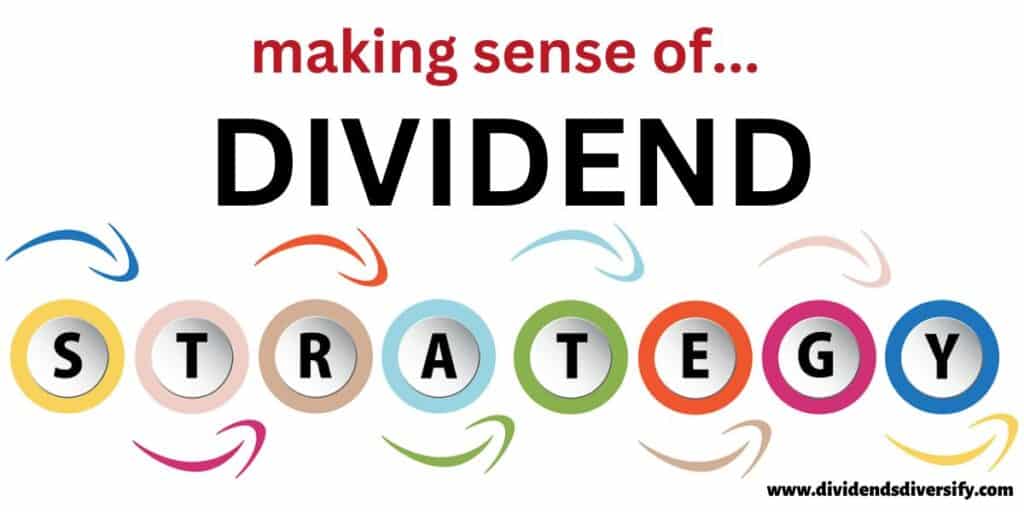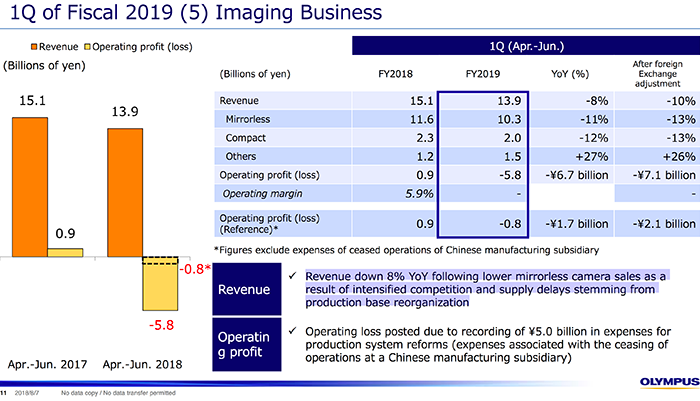Simple Dividend Investing Strategies For Maximum Profit

Table of Contents
Understanding Dividend Investing Basics
Dividend investing involves purchasing stocks in companies that regularly pay out a portion of their profits to shareholders as dividends. This offers several key benefits:
- Passive income stream generation: Dividends provide a steady stream of income, supplementing your other sources of revenue.
- Potential for capital appreciation: Alongside dividend income, the value of your stock holdings can increase over time, leading to capital gains.
- Lower risk compared to some other investment strategies (when done correctly): While no investment is entirely risk-free, dividend-paying stocks often exhibit less volatility than growth stocks.
- Importance of long-term investing: The true power of dividend investing is realized through long-term holding and reinvestment.
Understanding key terms is crucial for successful dividend investing:
- Dividend yield: The annual dividend per share divided by the stock price, expressed as a percentage. A higher yield generally means a higher dividend payout relative to the stock price.
- Payout ratio: The percentage of a company's earnings paid out as dividends. A sustainable payout ratio is typically below 70%, indicating the company retains enough earnings for reinvestment and growth.
- Dividend growth rate: The annual rate at which a company increases its dividend payments. A consistent and growing dividend is a positive sign of financial health and commitment to shareholders.
Selecting High-Yield Dividend Stocks
Choosing the right dividend stocks is crucial for maximizing your profits. It's not simply about finding the highest dividend yield; you need to carefully research the underlying company's financial health and stability.
- Look for companies with a long history of dividend payments: Companies with a consistent track record of paying dividends are often more reliable and less prone to dividend cuts.
- Analyze the company's financial health (strong balance sheet, consistent profitability): Examine key financial ratios like the dividend payout ratio and debt-to-equity ratio to assess the company's financial stability. A lower debt-to-equity ratio indicates lower financial risk.
- Consider the industry the company operates in (stable industries tend to be better for dividend investing): Utility companies, consumer staples, and real estate investment trusts (REITs) are often considered more stable and reliable dividend payers.
- Use financial screening tools to find suitable stocks: Many online brokerage platforms offer screening tools to filter stocks based on various criteria, including dividend yield, payout ratio, and growth rate. Utilize these tools to efficiently identify potential investments aligning with your strategy.
- Diversify your portfolio across different sectors to reduce risk: Don't put all your eggs in one basket. Spreading your investments across various sectors reduces the impact of poor performance in any single sector.
Identifying Dividend Aristocrats and Kings
Dividend Aristocrats and Kings represent a particularly attractive segment within dividend investing.
- Definition and criteria for Dividend Aristocrats and Kings: Dividend Aristocrats are companies in the S&P 500 index that have increased their dividends annually for at least 25 consecutive years. Dividend Kings are those that have increased their dividends for at least 50 consecutive years.
- Benefits of investing in companies with a proven track record of dividend increases: These companies demonstrate a strong commitment to returning value to shareholders and often represent financially stable and well-managed businesses.
- Lower risk associated with established dividend-paying companies: Their long history of dividend increases suggests a lower probability of future dividend cuts. While past performance is not indicative of future results, it's a strong indicator of a company’s commitment to its dividend policy. Examples include companies like Procter & Gamble (PG) and Coca-Cola (KO) – however, this is not financial advice.
Building a Diversified Dividend Portfolio
Diversification is key to mitigating risk in any investment portfolio, and dividend investing is no exception.
- Don't put all your eggs in one basket: Spread your investments across different companies and sectors to reduce the impact of any single company's underperformance.
- Diversify across different sectors to reduce portfolio volatility: Investing in a variety of sectors helps cushion against market downturns affecting specific industries.
- Consider investing in dividend ETFs for easy diversification: Exchange-Traded Funds (ETFs) offer instant diversification across a broad range of dividend-paying stocks.
- Regularly rebalance your portfolio to maintain your desired asset allocation: Over time, the proportions of your investments may shift. Regular rebalancing ensures your portfolio remains aligned with your investment goals.
Reinventing Your Dividend Investing Strategy
The market is dynamic; your dividend investing strategy should adapt to changing circumstances.
- Regularly review your portfolio performance: Track your dividend income, capital appreciation, and overall portfolio performance.
- Adjust your strategy based on market conditions and your financial goals: Economic downturns may require adjustments to your portfolio's risk tolerance and asset allocation.
- Consider reinvesting dividends to accelerate growth (DRIP): Dividend Reinvestment Plans (DRIPs) allow you to automatically reinvest your dividends to purchase more shares, compounding your returns over time.
- Stay informed about market trends and economic news: Keeping up-to-date on market news and economic indicators helps you make informed decisions and adapt your strategy as needed.
Conclusion
Successful dividend investing involves a multi-faceted approach: understanding the basics, selecting high-yield stocks with strong financial health, building a diversified portfolio, and regularly reviewing your strategy. Implementing these simple dividend investing strategies can pave the way for maximizing profit over the long term. Remember, thorough research and a long-term perspective are vital for success.
Start building your path to financial freedom today with simple and effective dividend investing strategies. Begin researching high-yield dividend stocks and start creating your profitable portfolio! Remember to consult with a financial advisor before making any investment decisions.

Featured Posts
-
 Is Payton Pritchard The Next Sixth Man Of The Year
May 11, 2025
Is Payton Pritchard The Next Sixth Man Of The Year
May 11, 2025 -
 Tyla Denies Coachella 2025 Outfit Inspired By Britney Spears
May 11, 2025
Tyla Denies Coachella 2025 Outfit Inspired By Britney Spears
May 11, 2025 -
 Indy 500 2025 Predicting The 5 Most Vulnerable Drivers
May 11, 2025
Indy 500 2025 Predicting The 5 Most Vulnerable Drivers
May 11, 2025 -
 Cineplexs Q1 Financial Report Impact Of Reduced Theatre Attendance
May 11, 2025
Cineplexs Q1 Financial Report Impact Of Reduced Theatre Attendance
May 11, 2025 -
 Halls Crossroads Celebrates Chris Newsom With Annual Baseball Tournament
May 11, 2025
Halls Crossroads Celebrates Chris Newsom With Annual Baseball Tournament
May 11, 2025
